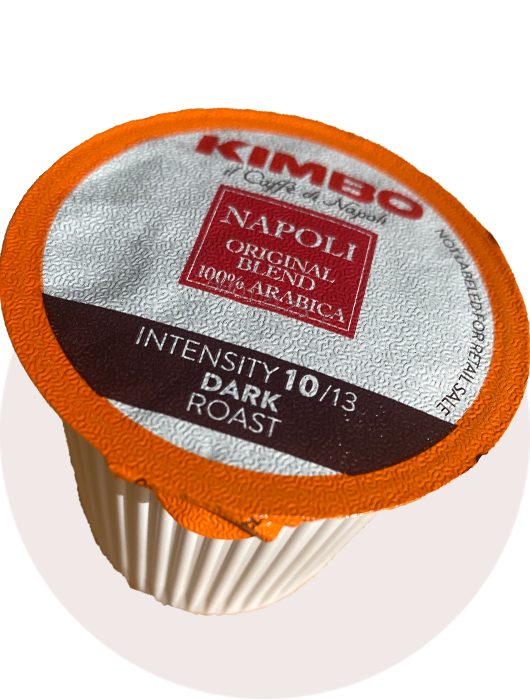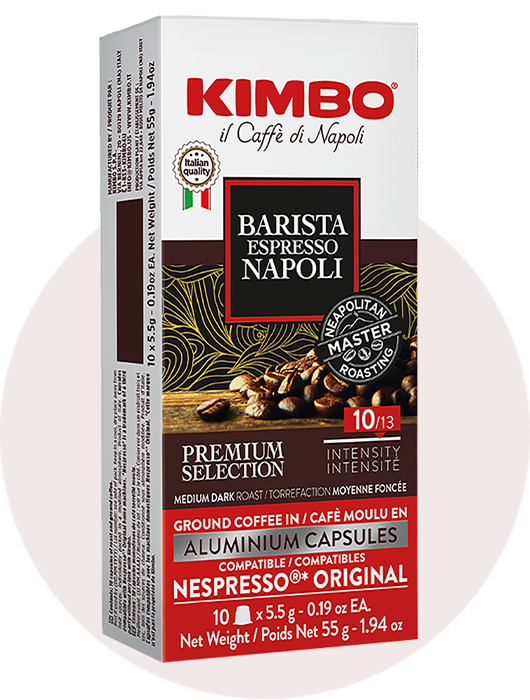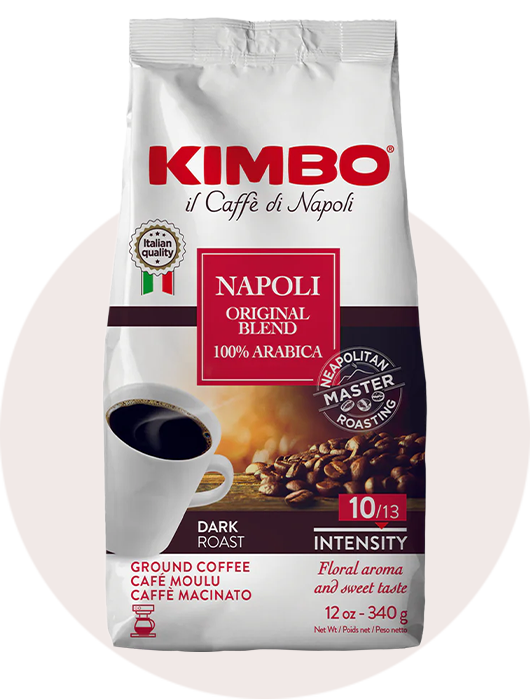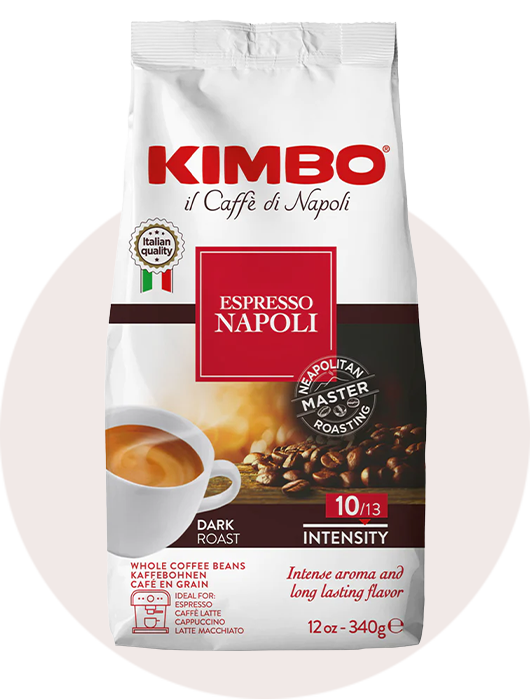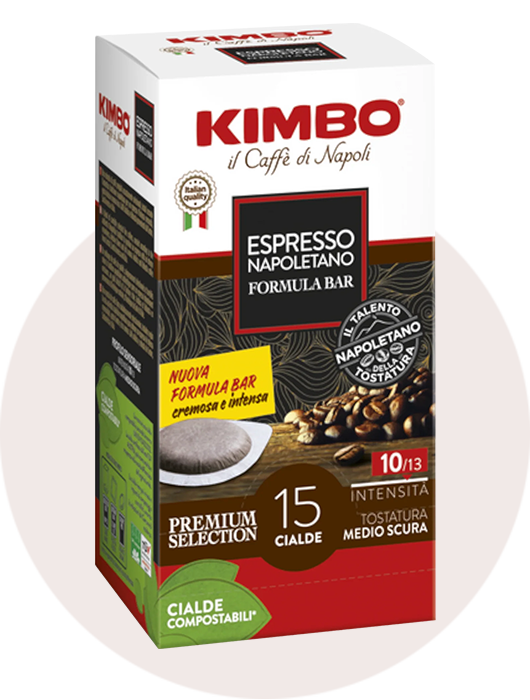For many of us, the allure of coffee lies in its rich aroma, smooth taste, and, of course, that energizing jolt of caffeine to jumpstart our day. But what about those who love the coffee experience without the caffeine kick? Enter decaffeinated coffee. While decaf has gotten a bad rap in the past for weak, watery taste, modern decaf can be so close to regular coffee that it's hard to tell the difference. So how exactly do they strip out the caffeine but keep the coffee essence largely intact? The answer lies in some fascinating chemistry.
The Decaffeination Discovery
The quest to make decaffeinated coffee began way back in 1820, when German chemist Friedlieb Ferdinand Runge first isolated pure caffeine from coffee beans at the urging of famous writer and statesman Johann Wolfgang von Goethe. But it took until 1905 for German merchant Ludwig Roselius to patent the first commercial decaffeination process.
Legend has it that Roselius got the idea after noticing that a shipment of coffee beans accidentally soaked in seawater had lost their caffeine without sacrificing too much taste (saltiness aside). He figured out that by steaming green unroasted coffee beans, then repeatedly rinsing them with a solvent that selectively bonded with caffeine, he could extract the stimulant while leaving behind coffee's other 400+ compounds that give it its distinct aroma and taste. The original solvent Roselius used was salt water, but this was later replaced with other chemical solvents.
Soaking Out The Stimulant
While the details differ, all methods of decaffeination rely on soaking green coffee beans to first make the caffeine soluble so it can be drawn out. Caffeine is water-soluble, after all, so a good bath opens up the coffee bean and allows the caffeine molecules to be lured out with a chemical lure.
Today, decaffeination is accomplished via four main methods:
-
Indirect-solvent based: In this most common method, coffee beans are soaked in near-boiling water to dissolve the caffeine. The water is then separated and washed with a solvent, usually methylene chloride or ethyl acetate, which binds with the caffeine. The caffeine-laden solvent is then heated to evaporate, leaving behind green coffee extract — essentially coffee-flavored water minus the caffeine. This extract is then added back to the beans so that the coffee's flavors can be reabsorbed.
-
Direct-solvent based: Very similar to the indirect method, except the beans are steamed and then soaked directly in the solvent to remove caffeine. The solvent is dried away, and the beans are steamed again to evaporate any remaining chemicals.
-
Swiss Water Process: First developed in Switzerland in the 1930s, this chemical-free method soaks beans in very hot water, then runs the water through a charcoal filter to trap caffeine molecules while leaving the beans' other compounds behind. The now uncaffeinated "green coffee extract" is then used to suck caffeine out of a fresh batch of beans.
-
CO2 Process: In this newer technique, water-soaked beans are placed in a stainless steel extruder vessel, then blasted with liquid CO2 at 1000 pounds per square inch to draw out caffeine. The CO2 acts as a solvent to dissolve and bind with the caffeine molecules. The caffeine-rich CO2 is then transferred to another chamber where the pressure is released and the caffeine precipitates out.
Does Decaf Still Contain Caffiene?
According to the US Food and Drug Administration, decaffeinated coffee must have at least 97% of its caffeine removed. A typical cup of decaf coffee has about 2 mg of caffeine, compared to roughly 95 mg in a cup of regular coffee, depending on the type of coffee, roast, grind, and so on.
So yes, decaf does still contain caffeine, but only trace amounts. You'd have to drink 5 to 10 decaf coffees to get the caffeine of one regular cup of joe. Still, those who are very sensitive to caffeine's effects or who are completely cutting it out may want to be aware that decaf isn't entirely stimulant-free.
Does Decaffeination Affect Taste and Health Benefits?
One of the big knocks against decaf used to be that the decaffeination process also stripped out many of the compounds and flavors that give coffee its prized aroma, taste, and mouthfeel. The result was often derided as bland brown water more than real Java.
However, as decaffeination methods have become more targeted and precise, the other organic compounds in coffee beans are left largely unaffected, preserving coffee's taste and characteristic bite. Many coffee lovers today find their favorite decaf brews to be nearly indistinguishable from regular.
What's more, coffee's famous health perks seem to be mostly preserved as well. Studies show that decaf drinkers enjoy many of the same benefits as regular coffee fans, including lower risks of Type 2 diabetes, heart disease, Parkinson's, Alzheimer's, and some cancers.
The bottom line: Thanks to big finds in science, modern decaf offers all of coffee's sensory pleasures and health perks, with virtually none of the caffeine jitters. So whether you're craving a morning eye-opener or a soothing evening treat, feel free to enjoy that decaf in good health!
